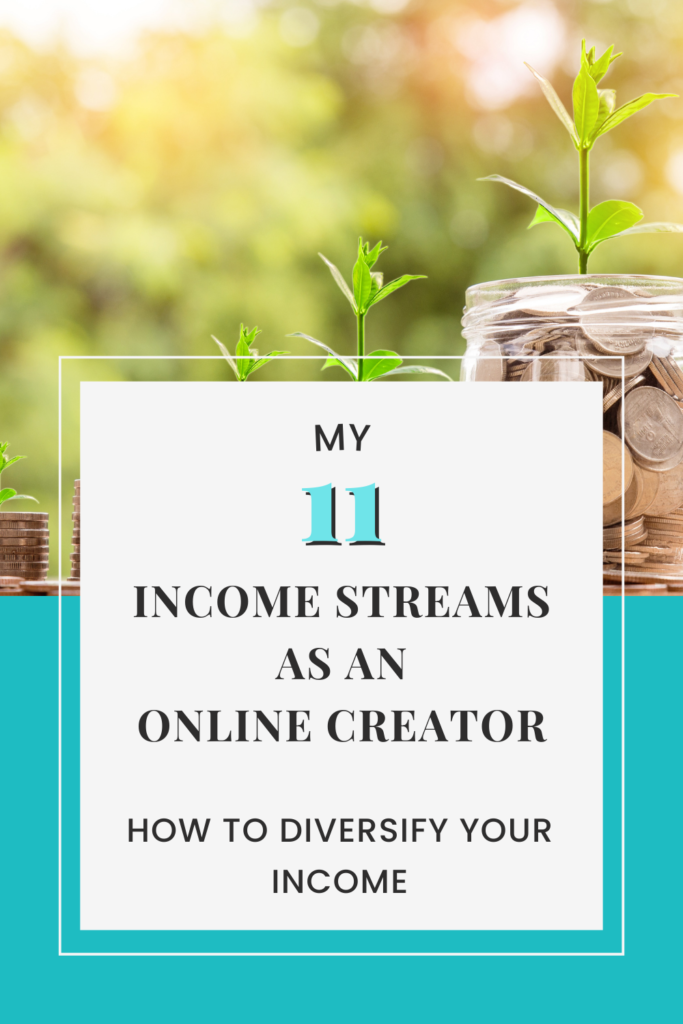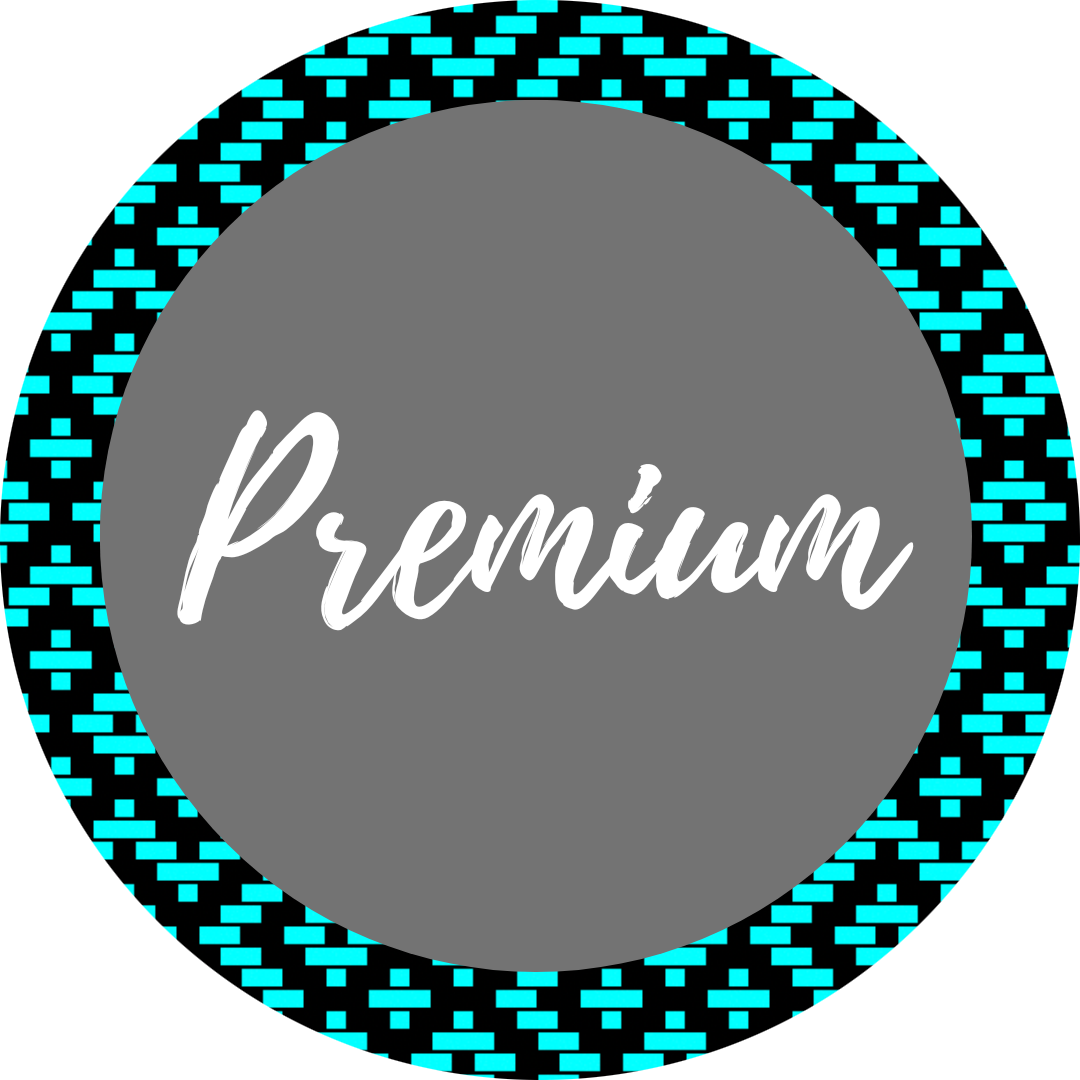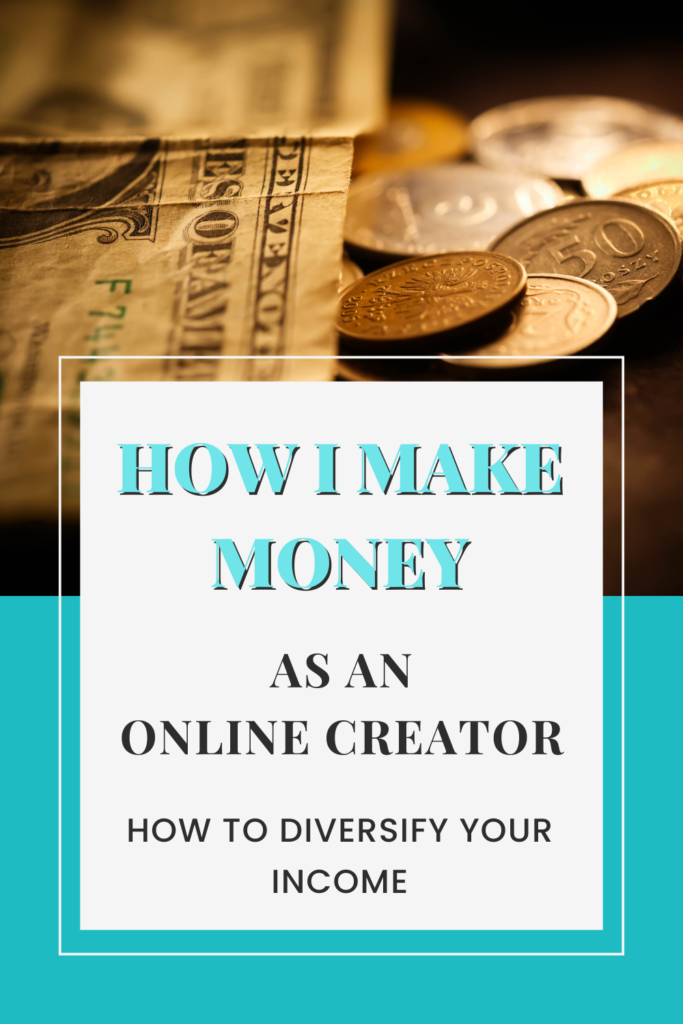Opening your first online shop is such an exciting experience! When I started as an Etsy seller in 2008, the options for handmade sellers were limited. Etsy was the standout choice then—and it’s still an option in 2025—but today, there are so many ways to sell your creations online. With so many choices, it can be challenging to decide which platform suits your products, budget, and goals.
I sold handmade goods on Etsy for years, but over the past five years, I’ve transitioned almost entirely to selling digital products like weaving PDF patterns and eBooks. Last year, I decided to open a Shopify store, offering the same products as my Etsy shop. In this post, I’ll share my experiences with both platforms, the pros and cons, and my advice for choosing the best platform for your needs.
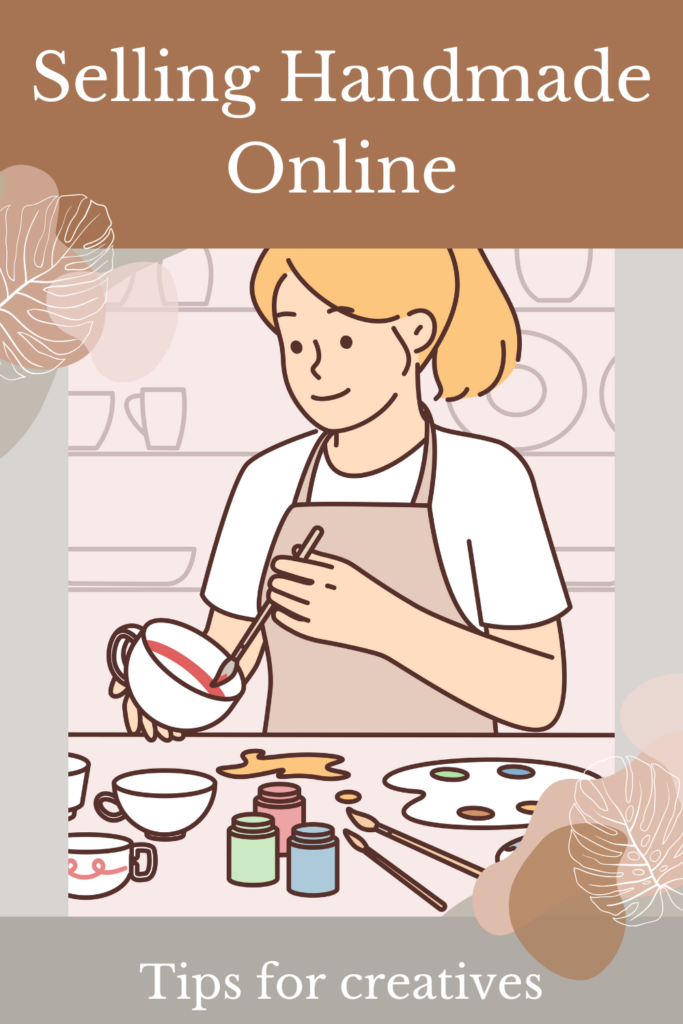
Should I Start with Etsy or Shopify?
Both platforms have unique advantages and challenges, so let’s break them down to help you decide.
Etsy Pros
- Beginner-Friendly Setup:
Starting a shop on Etsy is incredibly easy. Creating an account, listing products, and processing payments requires little technical knowledge and takes very little time. - Low Upfront Costs:
Etsy’s listing fees are just $0.20 per item, and if you don’t make a sale, that’s all you pay. This makes Etsy a low-risk option for beginners. - Built-In Marketplace:
Etsy attracts millions of buyers, giving you instant access to a marketplace that helps you build a customer base without needing a website or extensive marketing. This is invaluable if you are just starting out and don’t have an audience.
Etsy Cons
- High Fees on Sales:
While the $0.20 listing fee is affordable, Etsy’s transaction fee of 6.5% (on the item price and shipping) and payment processing fees can add up quickly. - Intense Competition:
Etsy’s marketplace is crowded. While buyers may find your shop, they’ll also see competing listings—sometimes directly on your product pages! - Limited Control:
You don’t own your Etsy shop, meaning you’re subject to their rules. Sellers can be suspended or removed without warning, often due to accidental copyright issues. - No Customer Email Collection:
Building a mailing list is essential for growing your business, but Etsy doesn’t allow automated email collection from customers. - The Future Doesn’t Look so Bright: There is a growing level of discontent with Etsy from shop owners. There are too many reasons to list here, but if you Google or Youtube it, you will find plenty of explanations. Personally, I feel glad to be moving away from Etsy and towards Shopify at this point.
Shopify Pros
- You Own It:
With Shopify, you have complete control over your store, branding, and customer data. It’s your shop, not a rented space. - Customizable and Professional:
Shopify stores are clean, professional, and customizable. Even with the default templates, your shop will look great. - Email Collection:
Shopify allows you to collect customer emails, making it easier to build relationships and drive repeat sales. - Your Own Domain:
You can choose a custom domain name, making your shop easier to find and more memorable. - It is More Affordable: Now, this is somewhat dependent on how much you customise your shop. I have fairly basic level paid customisations (like apps for collecting shop and product reviews) but how much you do is up to you.
Shopify Cons
- You Drive the Traffic:
Unlike Etsy, Shopify isn’t a marketplace, so you’ll need to bring traffic to your shop. This can be a challenge if you’re starting from scratch. - Monthly Costs:
Shopify charges a monthly hosting fee (starting at $42 for my setup) regardless of sales. You may also need paid apps for customization, as I mentioned in the previous section, adding to the costs. Although there is the monthly fee, you can start for as little as $1. Scroll to the end to see this special Shopify offer. - A Little Trickier to Learn: I found that it was more complex setting up a shop. Again, this can depend on your level of customisation and needs for your specific business. I found I needed to do some research regarding some aspects of opening my shop, but information and instructions are readily available online.
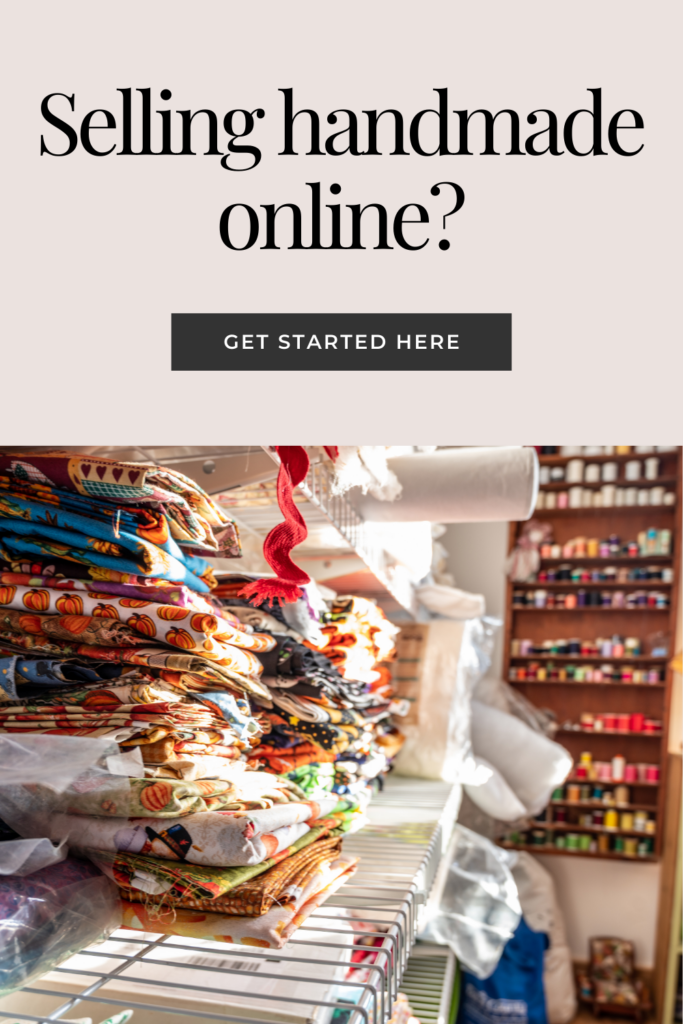
Cost Comparison: Etsy vs. Shopify
Here’s a breakdown of my typical monthly expenses for each platform:
- Etsy Fees: $50–$1600/month, depending on sales.
- Shopify Fees: $42/month for hosting + $20 for apps = $62/month.
For me, Shopify’s flat fees are more predictable and affordable. I love that the fees don’t increase based on my level of sales. But as an established seller with over 12,000 Etsy sales, I already have a strong customer base to direct to my Shopify store, which has given me a considerable advantage.
Final Thoughts on Etsy vs. Shopify
If you’re just starting, Etsy is still a good choice. The low upfront cost and built-in marketplace make it ideal for beginners. However, as you grow, you might want more control over your shop, branding, and customer relationships—this is where Shopify shines.
While my Shopify sales were slower than I’d hoped initially, it’s now picking up as customers become aware of my newer shop and accustomed to using it. Over time, I hope my Shopify store becomes the primary home for my digital products.
Want to Start Your Own Shopify Store?
Try a 3 day Shopify trial, then start seeing for $1 a month for your first 3 months! Click here to start your free trial.
If you’re still exploring options for selling online, check out these helpful resources:
- 3 Ways to Start Selling Online for Free
- Do You Want to Start Selling Your Weaving?
- Etsy Essentials for Beginners
I hope this article helps you choose the best platform for your business. Have questions? Drop them in the comments—I’d love to hear from you!
This post contains affiliate links. See my disclosure policy for details.

